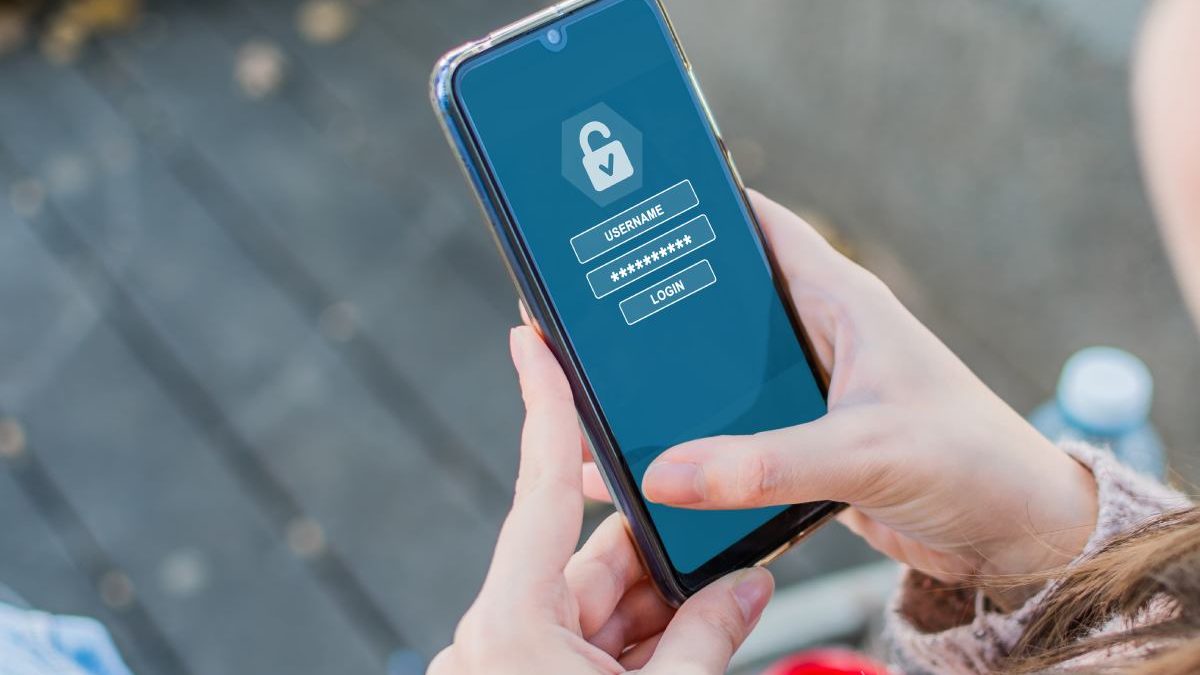In modern society, mobile applications are integrated into our personal and professional lives which is part of the digital age. Then as their significance rises, so does the attention of cybercriminals; therefore making it essential to protect such applications. One of the most important methods for the identification of weak spots that have potential to be used by intruders is penetration testing performed by penetration testing specialists.
Table of Contents
Understanding Mobile App Vulnerabilities
Prior to delving into penetration testing methodologies, one should identify the major weaknesses in the mobile applications. They may include insecure data storage and transmission, bad session management, poor cryptography, as well as risky external integrations. The recognition of such vulnerabilities requires an integral approach taking into account specific features of mobile computing: operating system peculiarities, the particulars of mobile networks, and user interaction.
Practices for Penetration Testing of Mobile Applications
- Define the Scope and Objectives: Defining what needs to be tested – the application environment, platforms (iOS and Android), backend services – is critically important. The objectives should reflect the security needs and compliance obligations that a given application is supposed to observe.
- Engage Expert Penetration Testers: It is critical to use qualified penetration testers. Also, their knowledge of mobile app ecosystems and the common and emergent threats can greatly facilitate the effectiveness of testing.
- Utilize a Combination of Automated and Manual Testing: Although automated tools can easily detect known vulnerabilities, manual testing is needed to point out logical bugs and complicated security weaknesses that those automated tools may leave unaddressed.
- Focus on Data Protection: With regard to the security and confidentiality of data processed by mobile applications, it is critical that the data at rest and in transit is fully protected. The strength of the encryption technique should also be examined along with their implementation.
- Review Third-Party Components: A significant number of mobile apps use third-party libraries and API. These components must be evaluated for a security issue as these can pose a serious threat to the company.
- Prepare for Post-Testing: Conduct testing and then create an extensive report with descriptions of all found vulnerabilities, their criticality as well as recommended remediation steps. The provision of a definable strategy to address these weaknesses is vital in boosting the application security stance.
Conclusion
Mobile application security would be incomplete without the penetration testing. When these best practices are adhered to, organizations can discover and eliminate dangers whereby their applications offer safe user conditions. Through the collaboration with mobile penetration testing experts such as DigitalXraid, a complete and efficient method of penetration is guaranteed due to their vast knowledge on issues and remedies facing mobile security.


